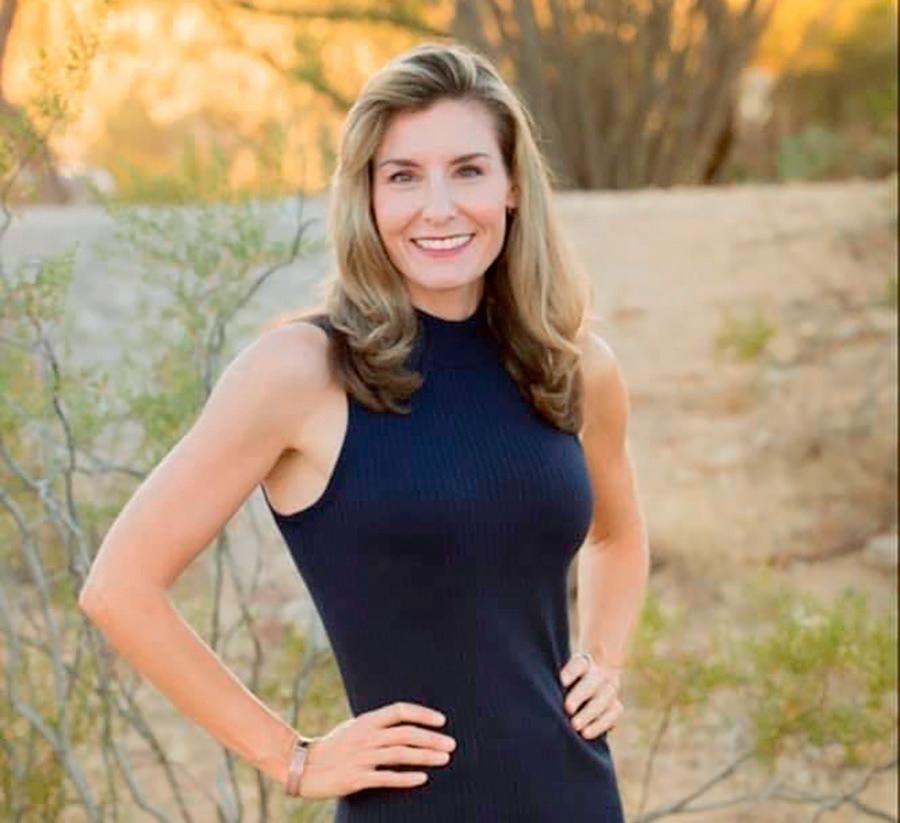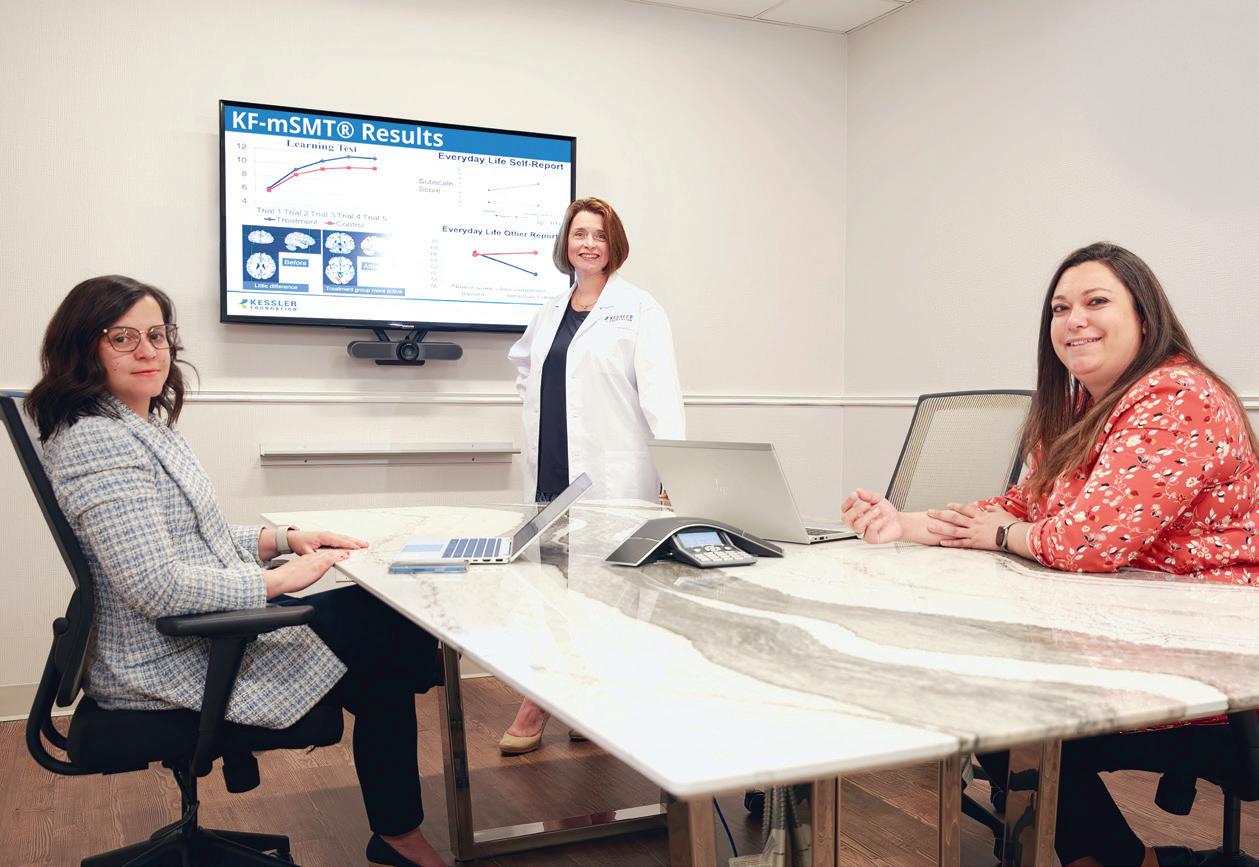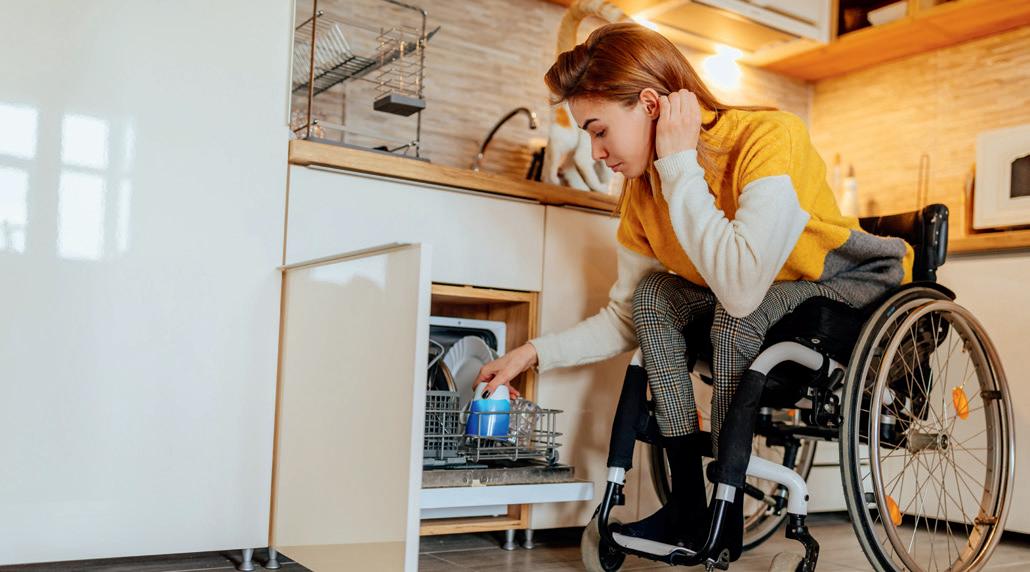Your support uncovers the link between learning and
memory
How do we acquire, process, and recall information? And what can be done when injury, illness, or aging impact these cognitive skills? The answers are found in our growing understanding of the connection between learning and memory.
“In order to remember, we must first learn,” explains Nancy Chiaravalloti, director, Centers for Neuroscience and Neuropsychology and Traumatic Brain Injury Research at Kessler Foundation. “The capacity to recall information relies on our ability to intake and retain thousands of bits of knowledge. When someone experiences a brain injury, stroke, or neurodegenerative disorder like MS, these skills are often disrupted. Aging and dementia can also lead to cognitive challenges. As neuropsychologists and rehabilitation research scientists, our goal is to develop the most effective treatments to help restore or compensate for the loss of cognitive function.”
A picture tells the story
One of the most significant treatment advances is Kessler Foundation’s Modified Story Memory Technique (KF-mSMT®). Thanks to your support, early pilot studies
Thanks to your support, Angela has improved her recall ability and boosted her confidence.
have led to larger grant-funded projects, which have shown the efficacy of the protocol across a range of patient populations. During ten sessions every other week, study participants are taught to use word cues, visual imagery, and stories to improve learning and recall. Progress is tracked through various mechanisms, including individual testing which consistently has shown improvement in cognition, and functional magnetic resonance imaging (fMRI) which has revealed increased neural activity in the learning and memory centers of the brain.
Kessler Foundation researchers have published articles and delivered presentations about this pioneering protocol, generating worldwide interest. The KF-mSMT® is in use at 22 rehabilitation centers in 16 states, as well as facilities in Canada, Mexico, Brazil, Argentina, Spain, Portugal, Italy, and Australia. It has been translated into Spanish, Chinese, and Italian; German and Portuguese editions are in the works, along with a pediatric version. To further help with access, a web-based English-language version is now available to clinicians on demand. The foreignlanguage versions will be moved to this cloud-based platform when funding is secured.
Focusing on brain (re)training
“Our understanding of how KF-mSMT improves cognition in individuals with MS, TBI, and stroke is leading the way
IT’S NEVER TOO LATE TO LEARN
Angela Pennella was on her way home when a driver crossed into her lane and struck her vehicle head-on. She sustained multiple fractures and lacerations, extensive internal injuries, and a traumatic brain injury that left her with significant cognitive challenges. “I was just 23 years old and faced a long and very difficult road to recovery,” she admits. “Despite this, I never thought ‘Why me?’ but rather ‘What am I going to do about this now?’”
What she did was work hard! Angela underwent numerous procedures, months of physical rehabilitation, and years of cognitive therapies. With her fearless determination, deep faith, and family support, she slowly progressed, as she says, from “survivor to thriver.”
for us to explore how the technique may be applied to otherwise healthy persons experiencing a ‘normal’ decline in function related to aging, as well as those diagnosed early dementia,” says Dr. Chiaravalloti.
A five-year study is examining the short- and long-term impact of the KF-mSMT® on learning and memory, daily function, and overall quality of life in older adults. “Early findings are encouraging,” says Dr. Chiaravalloti. “With further research, we may be able to discover how we can change the dynamics of aging.”
Learning how to learn
Another groundbreaking approach to learning and memory developed at Kessler Foundation is KF-STEM™— Strategies To Enhance Memory. This protocol is based on three evidence-based learning techniques: self-generation, self-testing, and spaced learning.
Self-generation is based on the premise that active engagement in generating information—elaborating on ideas, solving problems, explaining concepts—improves learning and memory. Self-testing involves first studying and then trying to recall without looking back. Spaced learning is based on the idea that short bursts of learning spread out over time can prevent cognitive overload and improve memory.
Early findings of this eight-session, biweekly protocol show improved memory in healthy individuals and those with MS and TBI. “Hundreds of years of educational and clinical literature support the learning theories behind the
KF-mSMT® and KF-STEM™ protocols, but surprisingly, they hadn’t been applied to cognitive rehabilitation. Now is the time,” notes Dr. Chiaravalloti.
Thanks to your support, this pioneering research is expanding more than just the understanding of how the brain functions and the interplay between learning and memory. It is changing lives. By bringing these protocols to the forefront of rehabilitation practice, we offer new hope to individuals affected by cognitive impairment.
Fast forward 22 years. Today, Angela is a highly successful real estate specialist in San Diego, CA, a board member of the city’s Brain Injury Foundation, and a popular motivational speaker. Still dealing with lingering effects of her injury, she is always open to new treatments that may further improve her cognitive skills.
“Since my injury, I’ve been fascinated by how the brain works, so when a friend mentioned the amazing research taking place at Kessler Foundation, I was all-in! Even though I was injured decades ago, I met the criteria and was able to participate in the
Strategies To Enhance Memory (STEM) study. To be honest, it was a life-changing experience. I gained greater insight into the learning process and important tactics that have helped improve my recall ability,” acknowledges Angela. “It also boosted my confidence, both personally and professionally.
“I am so very grateful for this opportunity to learn from and contribute to the growing body of neuroscientific research at Kessler Foundation, and for the generous support of donors like you who make it all possible. This is where the future for people like me is built.”
Dr. Nancy Chiravalloti and her team uncover the link between learning and memory.
Improving community living after spinal cord injury with your support
Where we live shapes our daily experiences—how we work, play, shop, and where we get our healthcare, too. For people with spinal cord injury, where they live may have far-reaching consequences, affecting their ability to live independently, access the care they need, and participate in social and recreational activities.
Studying residential mobility—the movement of people from one residence to another—is fundamental to improving life after spinal cord injury, according to Amanda Botticello, PhD, MPH, associate director of the Foundation’s Center for Outcomes and Assessment Research. “By understanding where people live and how often they move, and why, communities can develop the kinds of support and services that people need."
Little was known about residential mobility among people with spinal cord injury until Kessler Foundation scientists collaborated nationally on a large survey. The survey showed that people with spinal cord injury moved at a slightly higher rate than the general population, but there were important age-related differences. “Movers with spinal cord injury tended to be younger, have fewer health issues, newly injured, and higher functioning, but they were also more likely to have lower socioeconomic status,” notes Dr. Botticello. “Having fewer resources may
For people with spinal cord injury, where they live may have far-reaching consequences, affecting their ability to live independently.
mean less ability to modify existing housing and a greater need to move for better accessibility,” she speculates.
Younger adults reported moving for family support and accessibility, while housing quality was the primary reason among older adults. People with spinal cord injury appeared to wait until middle age to find their ideal living situations.
"The fact that people aged 45 to 64 were far more likely to move for housing reasons is telling,” says Dr. Botticello. “Moving is expensive and difficult. For people with disabilities, particularly wheelchair users, it is likely more so. People with spinal cord injury probably avoid moving unless their situation is truly unsatisfactory."
“Our findings indicate that helping people achieve their housing goals earlier should be a priority for policymakers,” concludes Dr. Botticello. “This may have a positive impact on quality of life and promote independent living for all people with disabilities.”
YOUR SUPPORT MEANS MORE
All of us at Kessler Foundation are grateful to you for championing rehabilitation research and employment for people with disabilities. Your continued generosity will inspire discovery and innovation for people like Angela Pennella and so many others striving to recover. Your support is essential to understanding recovery and bringing life-changing treatments to people who need them—every gift matters.
With profound gratitude,
Rodger DeRose President and CEO
Michele Pignatello Vice President and Chief Development Officer










